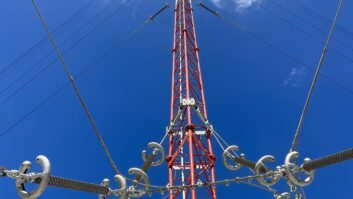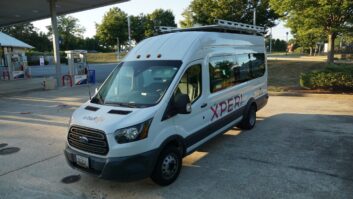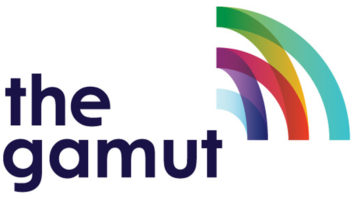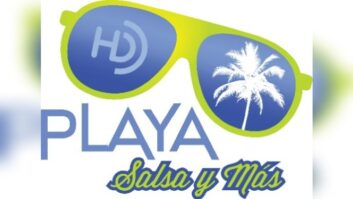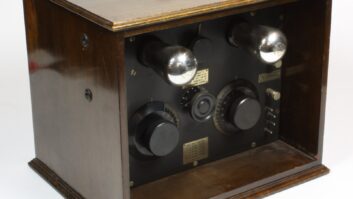This week multiple links to help you with understanding audio and, specifically, digital audio. When I say “help you,” note that it actually may confuse you as well. There are numerous was of transporting digital audio and different manufacturers. We know how there are Chevy, Ford, and Dodge truck people. Ask them which is best and they each will tell you it’s THEIR truck. Audio and digital consoles (and formats) are the same. Console manufacturer fans tend to stick with their own “Chevy/Ford/Dodge” and will sing praises on high (and rightfully so).
When we first went into the mainstream digital audio world, we found AES audio to be a different beast than our old balanced analog. The quality was awesome, but the problems all new and strange … from clocking issues to just figuring out what caused anomalies. Throw in unbalanced digital over coax, or light with a TOSlink connector, or your XLR with AES, and you have numerous connectors for straight digital audio. Then we throw in AoIP on RJ45s to add a little more variety (though AoIP is more than just audio — it’s the “road to delivery” of that audio.
Different manufacturers started their own AoIP systems, and, naturally, the early ones were NOT compatible with each other leaving us a “Betamax vs. VHS scenario” for radio. A few other companies threw their hats in the ring with formats as well. Then there’s AES67, which is yet another method of pushing audio around digitally. These links come from different resources including manufacturers; which should serve to also remind you that different manufacturers sometimes see things different ways. I wouldn’t begin to suggest one over the other (again, Ford/Chevy/Dodge), but can provide you with some links here.
We start with sound, then look at different waves (for storage), then move into delivery.
Sound — The Basics
From Indiana University comes an excellent basic primer. Hat’s off to professor Jeffrey Hass and his colleagues for this work from the Jacobs School of Music, Center for Electronic and Computer Music for this great introduction.
Difference in Digital Wave Files
There are waves, and there are WAVs. Not all digital is created equal. From a WAV to an MP3, or an AAC, or WMA, what’s the difference? Here’s a great simple introduction from howtogeek.com on the difference between them — which, believe it or not, starts back in 1937!
AES67
From the IBC website comes their view on AES67 and this studio standard.
AES67 + Livewire
From the folks at Telos (who are the Axia people and developers of Livewire) comes their view of AES67 and how it ties into their own system. And there’s an AES67 AoIP eBook.
AES67 + WheatNet
And from the folks at Wheatstone comes their “Advancing AoIP for Broadcast” eBook. Since Wheatstone is also a large producer of TV audio consoles, its WheatNet bridges TV and radio through their products.
Also from the folks at Wheatstone is helpful “how-to” videos related mostly to their equipment.
AES67 + Yamaha
Dante provides for discovery, control and monitoring of network audio. Dante is used by many manufacturers outside of radio broadcasting including the music industry (both studio and live sound), post production, TV and film. Al Salci of Sierra Automated Systems pointed me to this great Yamaha training video on AES67, “An Introduction to AES67.” It doubles as an excellent primer and explores the different manufacturers’ approaches (e.g. Dante, WheatNet, Ravenna, Q-LAN, Livewire).
And Yamaha’s take on AES67 + Dante through this video.
AES + Ravenna
Another “flavor” of AoIP is Ravenna. This video is hosted by Andreas Hildebrand, a well-known Ravenna evangelist.
Q-LAN
Not enough digital audio networking choices? Here are some basics on Q-LAN, developed by QSC, a company known for their power amplifiers for live sound.
Digital Radio, U.K.-Style
Switching gears, I ran across this 50-page paper written on the U.K. transition to digital. The reason for posting this is that we in the United States do, of course, have digital radio but haven’t gone to the extent to roll it out as other countries have done (and continue to do). For those who closely follow the U.S. radio digital transition, this might be a good “primer” on how other countries have done it and some of the lessons they’ve learned.
And Finally …
Here’s some inspiration that comes from your kitchen. Aluminum foil is a handy item in the kitchen, but where else can you use it? Here are 10 simple aluminum foil hacks that you might find interesting.
If you stumble across a good or unusual website that might be of interest, please don’t hesitate to send me the link and any info you might have about it. My email address is [email protected].







